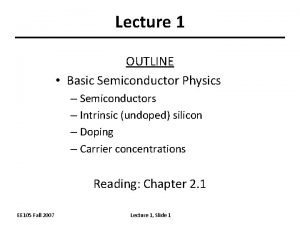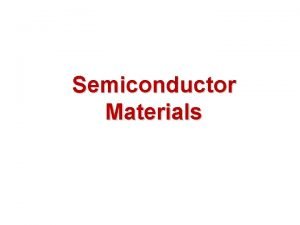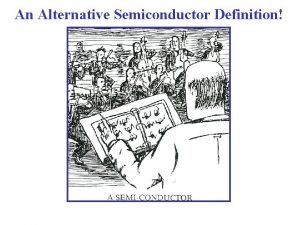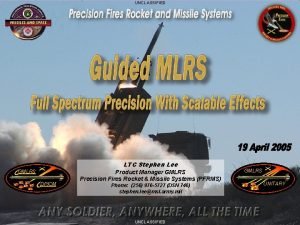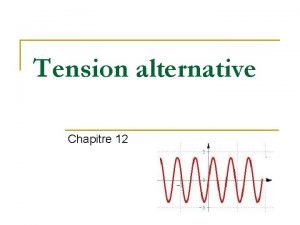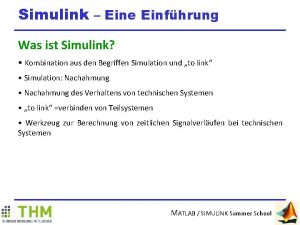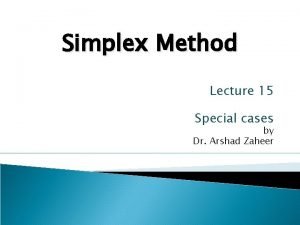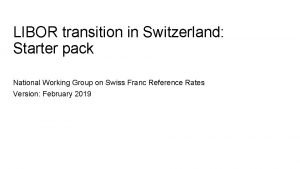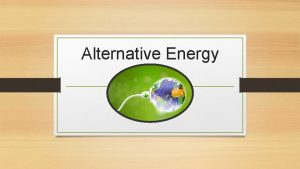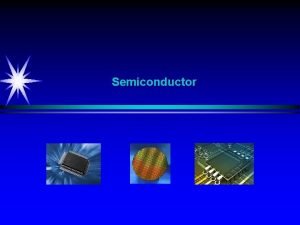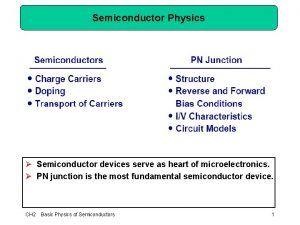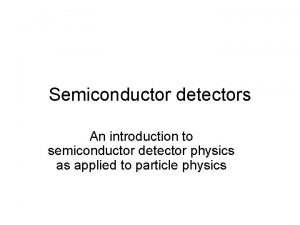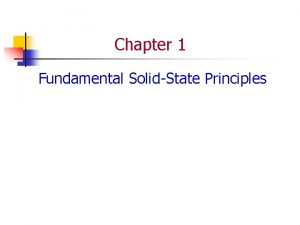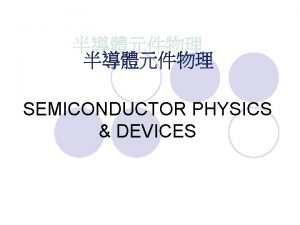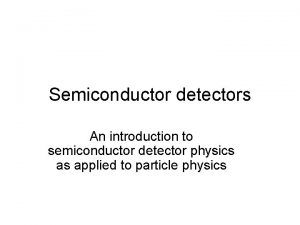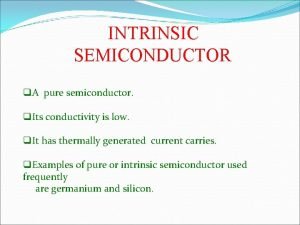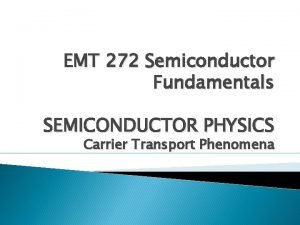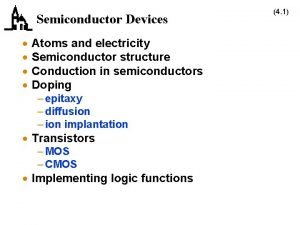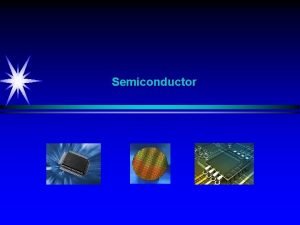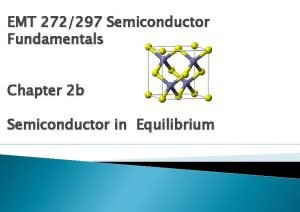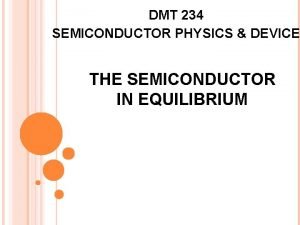An Alternative Semiconductor Definition What is a Semiconductor





























- Slides: 29

An Alternative Semiconductor Definition!

What is a Semiconductor? B - Ch 1, Y - Ch 1, S - Ch 1 Conductivity/Resistivity Definition (σ = conductivity, ρ = resistivity) Metals: Good Conductors! 103 ≤ σ ≤ 108 (Ω-cm)-1; 10 -8 ≤ ρ ≤ 10 -3 Ω-cm Semiconductors & Semimetals: 10 -8 ≤ σ ≤ 103 (Ω-cm)-1; 10 -3 ≤ ρ ≤ 108 Ω-cm NOTE THE HUGE RANGE!! Insulators: σ ≤ 10 -8 (Ω-cm)-1; ρ ≥ 108 Ω-cm Actually, there are no rigid boundaries!

Metals & Insulators: Measured resistivities range over more than 30 orders of magnitude! Material Resistivity (Ωm) (295 K) Resistivity (Ωm) (4 K) 10 -5 10 -12 “Pure” Metals Potassium Copper 2 10 -6 10 -10 Semiconductors Ge (pure) 5 102 1012 Diamond 1014 1020 10 20 Insulators Polytetrafluoroethylene (P. T. F. E)

Metals, Insulators & Semiconductors Resistivity increases rapidly with increasing temperature. 1020 - Resistivity (Ωm) At low temperatures, all materials are insulators or metals. Pure Metals: Diamond 1010 - Germanium 100 - Copper 10 -100 200 Temperature (K) 300 Semiconductors: Resistivity decreases rapidly with increasing temperature. Semiconductors have resistivities intermediate between metals and insulators at room temperature.

Semiconductors Conductivity/Resistivity Definition Metals Semimetals

Semiconductors Conductivity/Resistivity Definition Note the wide range of conductivity! Metals Semimetals

Conductivity/Resistivity of Some Materials Semiconductors!

Conductivity of Some Materials

One Way to Classify “Electronic Materials”

Semiconductors: Band Gap Definition Semiconductor ~ Small Band Gap Insulator • We’ll define bandgap Eg in detail later). Strictly speaking, it must also be capable of being doped (we’ll define doping in detail later). Typical Bandgaps Semiconductors: 0 ~ ≤ Eg ≤ ~ 3 e. V Metals & Semimetals: Eg = 0 e. V Insulators: Eg ≥ 3 e. V • Exception Diamond, with Eg = ~ 6 e. V, is usually an insulator, but it can be doped & used as a semiconductor! • Also, sometimes there is confusing terminology like Ga. As: Eg = 1. 5 e. V is sometimes called semi-insulating!

Some Semiconductor Characteristics • In pure materials (which are very rare): The electrical conductivity σ exp(c. T) T = Kelvin Temperature, c = constant • In impure materials (most materials): – σ depends strongly on impurity (doping) concentrations. “Doping” means to add impurities to change σ – σ can be changed by light or electron radiation & by injection of electrons at contacts – Transport of charge can occur by the motion of electrons or holes (defined later).

The Best Known Semiconductor is Silicon (Si) • But, there are HUNDREDS (THOUSANDS!) • • • of others! Elemental: Si, Ge, C (diamond) Binary Compounds: Ga. As, In. P, . Organic Compounds: (CH)n (polyacetyline) Magnetic Semiconductors: Cdx. Mn 1 -x. Te, … Ferroelectric Semiconductors: Sb. I, … Superconducting Compounds (!!) Ge. Te, Sr. Ti. O 3, . . ( “High Tc materials!” )

The Periodic Table: Relevant Parts for Elemental & Binary Semiconductors III IV V VI II II Group IV Materials + III-V & II-VI Compounds

Some Elements & Compounds which can be Semiconductors (Purple!)

Semiconductors (Main Constituents)

The Periodic Table Cloth!

Group IV Elements and III-V & II-VI Compounds

Group IV Elements Diamond III-V, II-VI, & IV-IV Compounds Lattice Zincblende or Wurtzite Lattices Diamond (α-Sn or gray tin) Band gap (mostly) decreases & near neighbor distance (mostly) increases within a row going from IV elements to III-V compounds to II-VI compounds. Band gap (mostly) decreases & near neighbor distance (mostly) increases going from IV elements to III-V to II-VI compounds. Band gap (mostly) decreases & nearest neighbor distance (mostly) increases going down a column.

Many Materials of Interest in This Course: Have Crystal Lattice Structures Diamond or Zincblende (These will be discussed in detail again later!) • In these structures, each atom is tetrahedrally coordinated with four (4) nearest-neighbors. • The bonding between neighbors is (mostly) sp 3 hybrid bonding (strongly covalent). There are 2 atoms/unit cell (repeated to form an infinite solid).

The Zincblende (Zn. S) Lattice Zincblende Lattice: The Cubic Unit Cell. If all atoms are the same, itbecomes the Diamond Lattice! Zincblende Lattice: A Tetrahedral Bonding Configuration

Zincblende & Diamond Lattices Diamond Lattice The Cubic Unit Cell Zincblende Lattice The Cubic Unit Cell Semiconductor Physicists & Engineers need to know the geometry of these structures!

Diamond Lattice The Cubic Unit C`ell. Semiconductor Physicists & Engineers need to know these structures!

Zincblende (Zn. S) Lattice Zincblende Lattice The Cubic Unit Cell.

Some Materials of Interest in This Course Have Crystal Lattice Structures Wurtzite Structure (This will be discussed in detail again later!) • This is similar to the Zincblende structure, but it has hexagonal symmetry instead of cubic. • In these structures, each atom is tetrahedrally coordinated with four (4) nearest-neighbors. • The bonding between neighbors is (mostly) sp 3 hybrid bonding (strongly covalent). There are 2 atoms/unit cell (repeated to form an infinite solid).

Wurtzite Lattice Semiconductor Physicists & Engineers need to know these structures!

Room Temperature Properties of Some Semiconductor Materials

Room Temperature Properties of Some Semiconductors

Lattice Constants of Some Semiconductors

Room Temperature Properties of Si, Ge, & Ga. As
 Green energy concept
Green energy concept Alternative school definition
Alternative school definition Alternative assessment definition
Alternative assessment definition How to find expected values
How to find expected values Basic semiconductor physics:
Basic semiconductor physics: Semiconductor definition
Semiconductor definition Semiconductor definition
Semiconductor definition Planning alternative tomorrows with hope
Planning alternative tomorrows with hope Veyon
Veyon Gmlrs alternative warhead
Gmlrs alternative warhead Générateur de tension alternative
Générateur de tension alternative Storyworth alternative
Storyworth alternative Planning alternative tomorrows with hope
Planning alternative tomorrows with hope Latent squint meaning
Latent squint meaning Internal recruitment definition
Internal recruitment definition Redemptive social movement
Redemptive social movement Simulink alternative
Simulink alternative Special cases of simplex method
Special cases of simplex method Wiebke oschmann
Wiebke oschmann Regiograph alternative
Regiograph alternative Promoting alternative thinking strategies
Promoting alternative thinking strategies Oklahoma alternative placement program
Oklahoma alternative placement program West virginia alternative teacher certification
West virginia alternative teacher certification Dissection alternative assignment
Dissection alternative assignment Alternative modes of procurement
Alternative modes of procurement Lone star college alternative teacher certification program
Lone star college alternative teacher certification program Swiss starter pack
Swiss starter pack Periodic table by stowe and tarantola
Periodic table by stowe and tarantola Buzz marketing stages
Buzz marketing stages Fuel pressure regulator diagram
Fuel pressure regulator diagram




